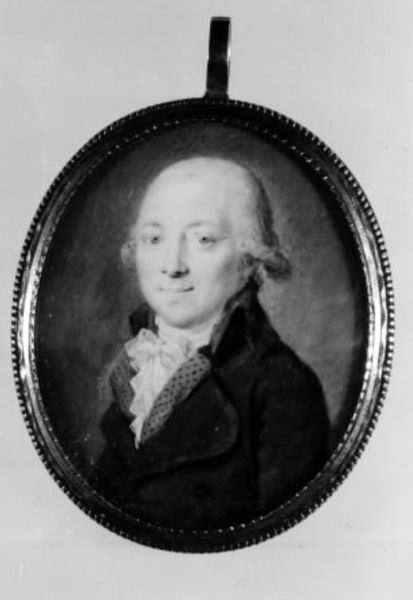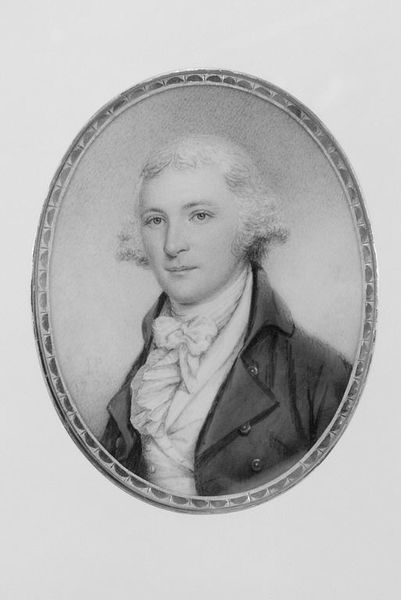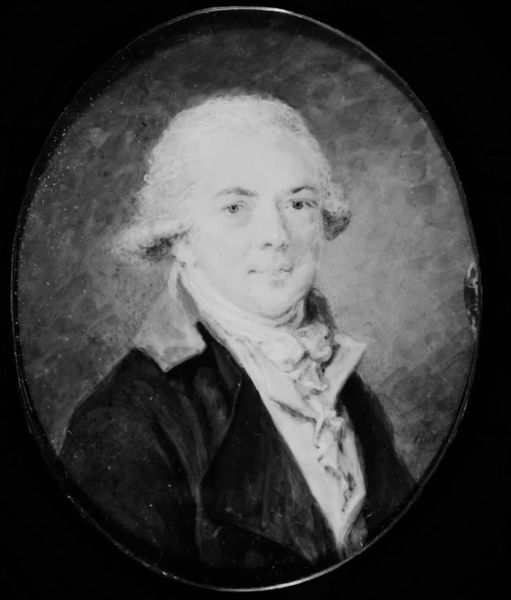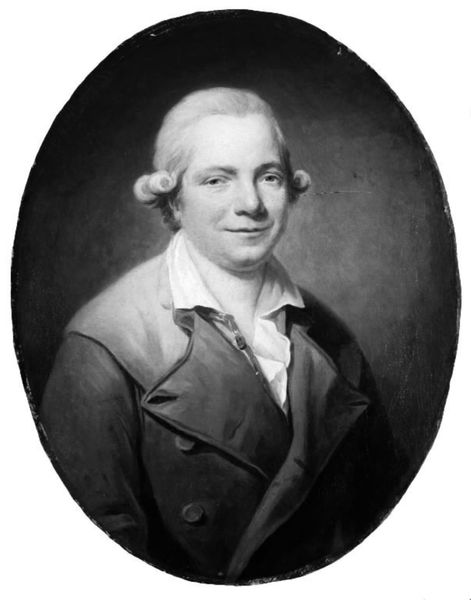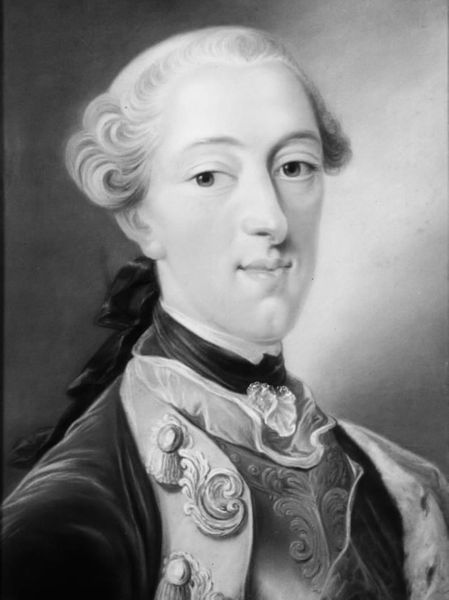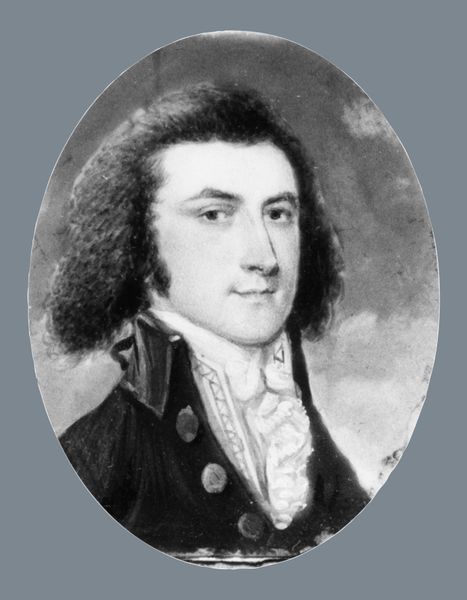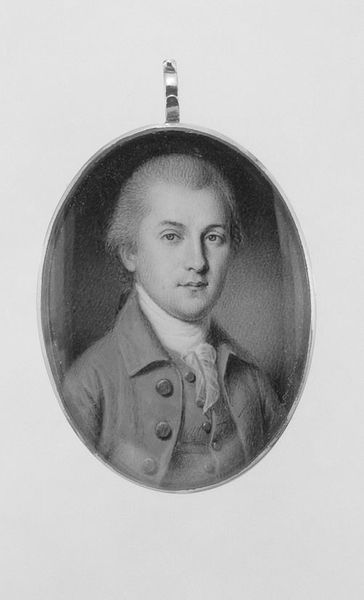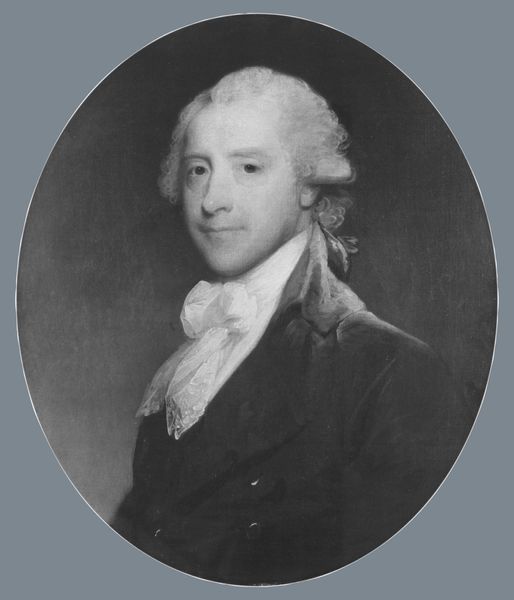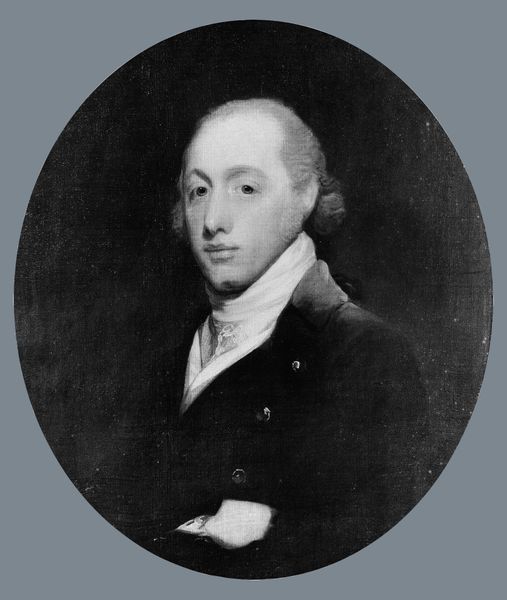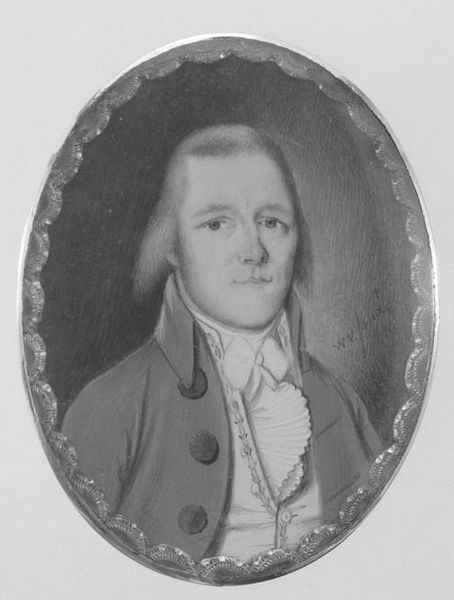
drawing, paper, pencil
#
portrait
#
drawing
#
neoclacissism
#
paper
#
pencil
#
men
#
history-painting
Dimensions: 1 15/16 x 1 3/8 in. (4.9 x 3.5 cm)
Copyright: Public Domain
Curator: Archibald Robertson's rendering of *Pierre Van Cortlandt Jr.*, dating from about 1792 to 1795, captures the likeness of a prominent New York figure in a neoclassical style. Editor: There's a fascinating texture here, isn’t there? The way the graphite clings to the paper, it gives the portrait almost a hazy, dreamlike quality. Curator: Precisely. The neoclassical influence is evident not just in the subject's pose and dress but in the broader cultural aspirations of the young republic, the desire to connect itself to a historical legacy. Van Cortlandt, of course, represented a particular stratum of society. Editor: Speaking of the paper itself, can we tell what kind it is? Was this mass-produced or something custom-made? It's not just about the subject, but how widely images like these could circulate—influencing perceptions and status through reproduced form. Curator: That’s a key point. The availability of paper and the ease of reproducing images certainly played a role in shaping political discourse at the time. A man of Van Cortlandt’s standing understood well how such depictions solidified his status, and how it functioned in the theater of politics. Editor: Look at how light defines the face. Almost ethereal, really. I wonder about Robertson’s working conditions and materials. Graphite pencils varied greatly, and this kind of detail requires quality and labor. Was it artisanal graphite, or was industrialization already impacting the tools available to artists? Curator: Robertson was certainly part of a network where such tools and materials, many imported, signaled artistic accomplishment and wealth. Consider how his work sits within institutions like the Metropolitan Museum—an echo of that system still reverberating through to today. Editor: It's intriguing to think about this as a material object, a nexus of labor, trade, and artistic skill that both reflects and shapes social values. A simple drawing tells a deeper story about the structures behind representation itself. Curator: I agree entirely. Looking closer has enriched our understanding of both Van Cortlandt’s image and the historical forces that created it. Editor: Absolutely, seeing the material process helps decode how this image acquired and continues to hold meaning.
Comments
No comments
Be the first to comment and join the conversation on the ultimate creative platform.


